Here’s the difference between dichotomy vs. juxtaposition:
A dichotomy in literature is essentially a representation of opposing forces or ideas.
Whereas a juxtaposition involves ‘positioning’ two contrasting forces together.
If you want to learn all about the differences between these two literary techniques, then you’re in the right place.
Let’s dive into it!
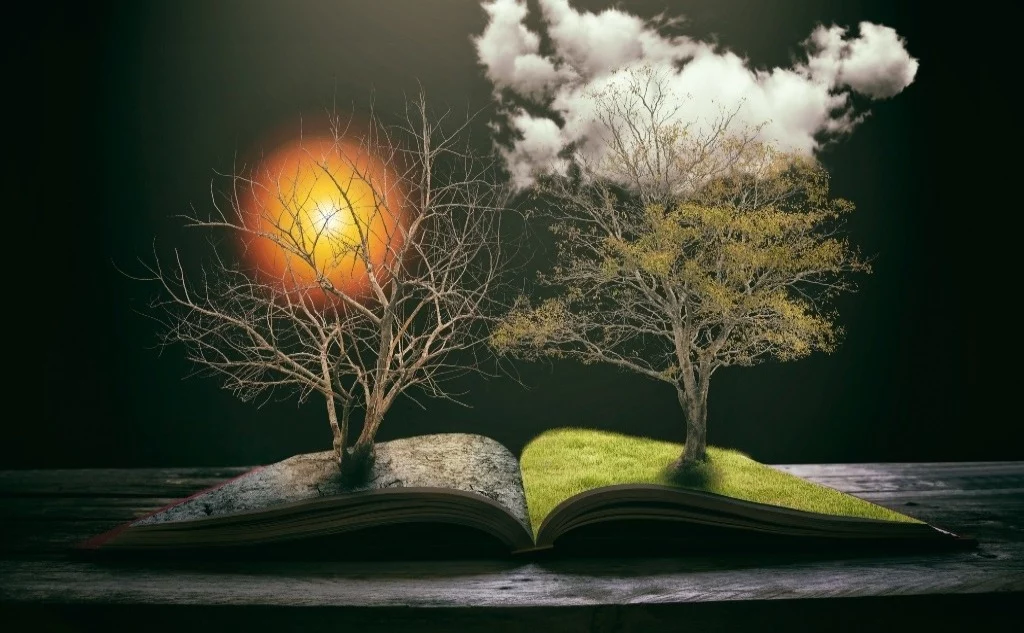
What Is the Difference Between a Dichotomy and a Juxtaposition?
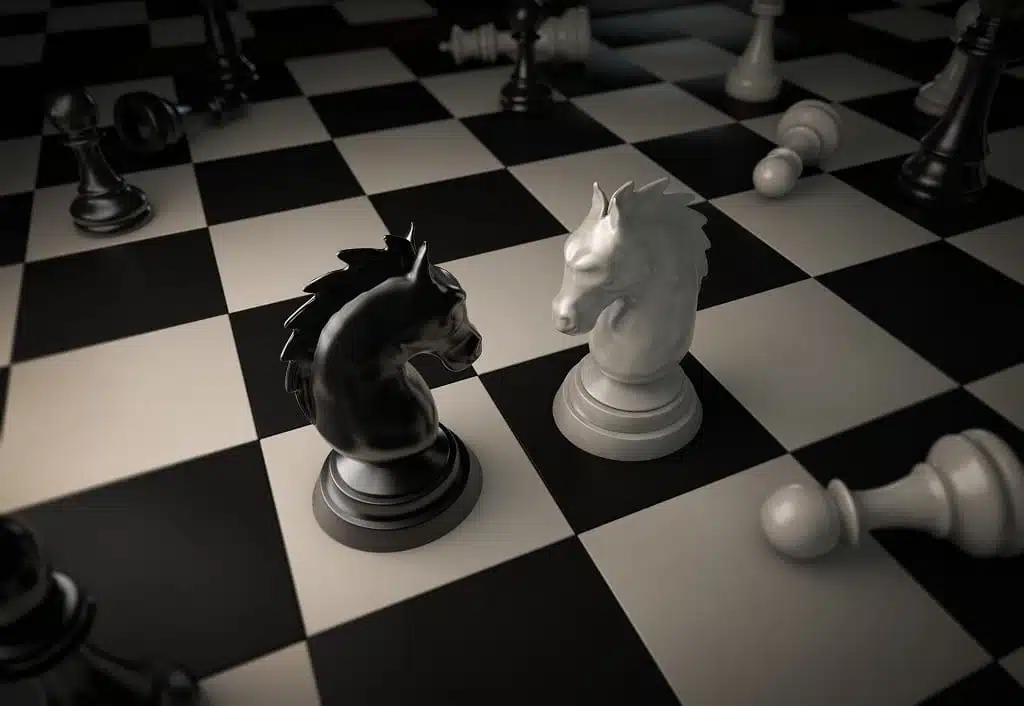
| Dichotomy | Juxtaposition | |
| Definition | Dividing something into two parts that aren’t necessarily opposing things but creating a conflict between these two elements. | Placing two contrasting or opposing things beside each other to emphasize their differences. |
| Purpose | Typically to create conflict in stories. | To create a rhetorical effect or let readers compare and contrast and think about the connection between two opposing elements. |
| Form | Similar element or thing but divided or separated from each other due to an external or internal conflict. | Two different elements are highlighted by contrasting and comparing them to produce a rhetorical effect. |
While dichotomy and juxtaposition both relate to comparison and contrast, their uses are drastically different in literature.
Put simply, a dichotomy is generally a case of two opposites being pitted against each other while juxtaposition involves two elements that contrast but may not be opposite.
In a dichotomy, there is little or no overlap between the two forces involved. Good versus evil.
Love versus hatred.
Creation versus destruction.
In juxtaposition, the contrast is often largely superficial.
Two characters that have wildly different personalities might be put in the same room, but that doesn’t mean they have nothing in common. They may even be best friends.
What Is Dichotomy?
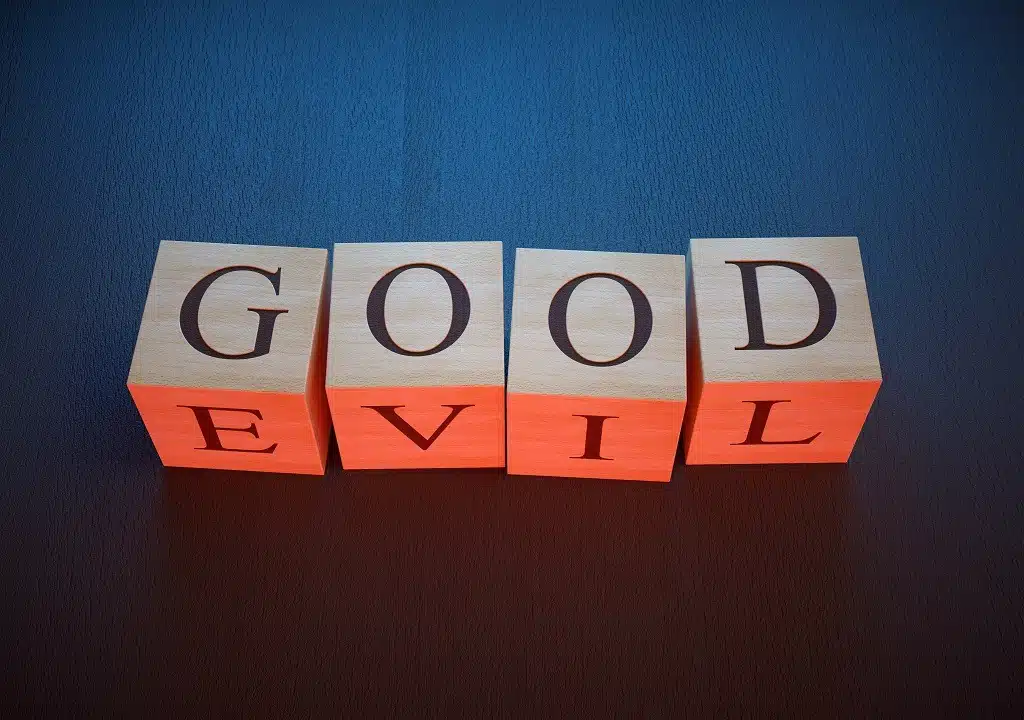
A dichotomy in literature is essentially a representation of opposing forces or ideas.
You could think of it as a matching set of opposites, nearly incomparable to each other and completely incompatible by their very nature.
Dichotomies are important to storytelling because a story that lacks any dichotomy at all would be difficult to relate to.
This is largely because humans, by nature, understand relationships largely by contrast and comparison.
The relation between the two opposites, in particular, provides strong and clear points of reference for the ideologies presented by the story.
How Does Dichotomy Affect Characters?
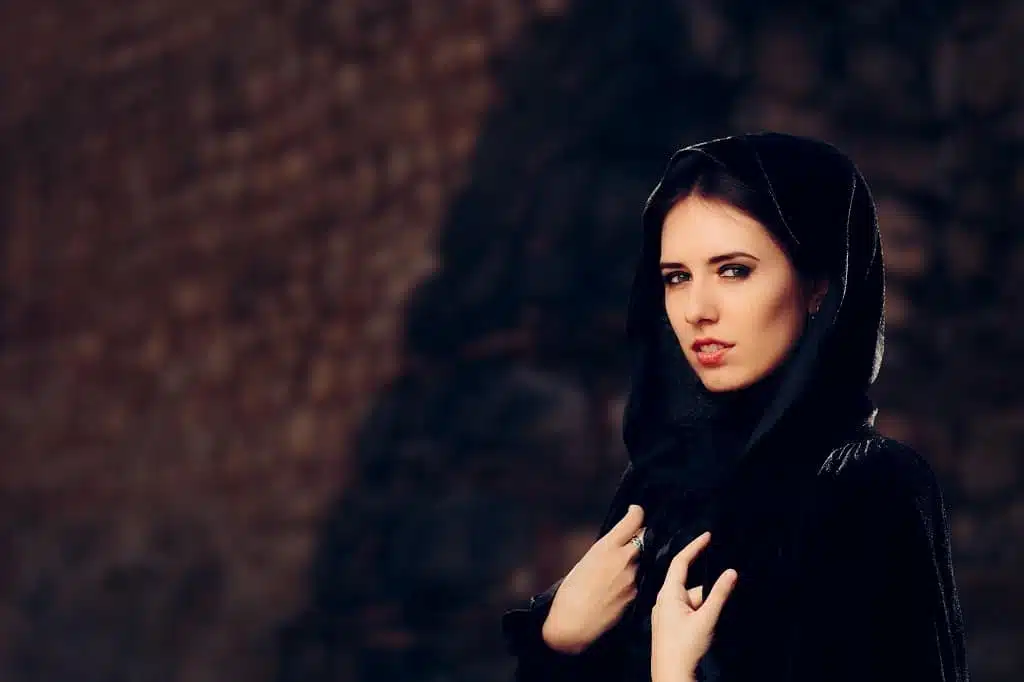
One reason as briefly mentioned earlier, is to provide human interest.
Imagine Lord of the Rings with no Sauron or the Harry Potter franchise with no Voldemort.
Good and evil are the most basic dichotomies, and writers have devoted countless pages to detailing their complicated relationship with each other.
Importantly, this allows the reader to tether themselves to predefined points within the story’s world.
Do you root for the Jedi or the Sith?
The superheroes or the supervillains?
By presenting the story from a single point of view and identifying that view as the counterpoint to another conflicting perspective, you create characters that the reader can mentally cheer for and characters that the reader can attach a resentment to.
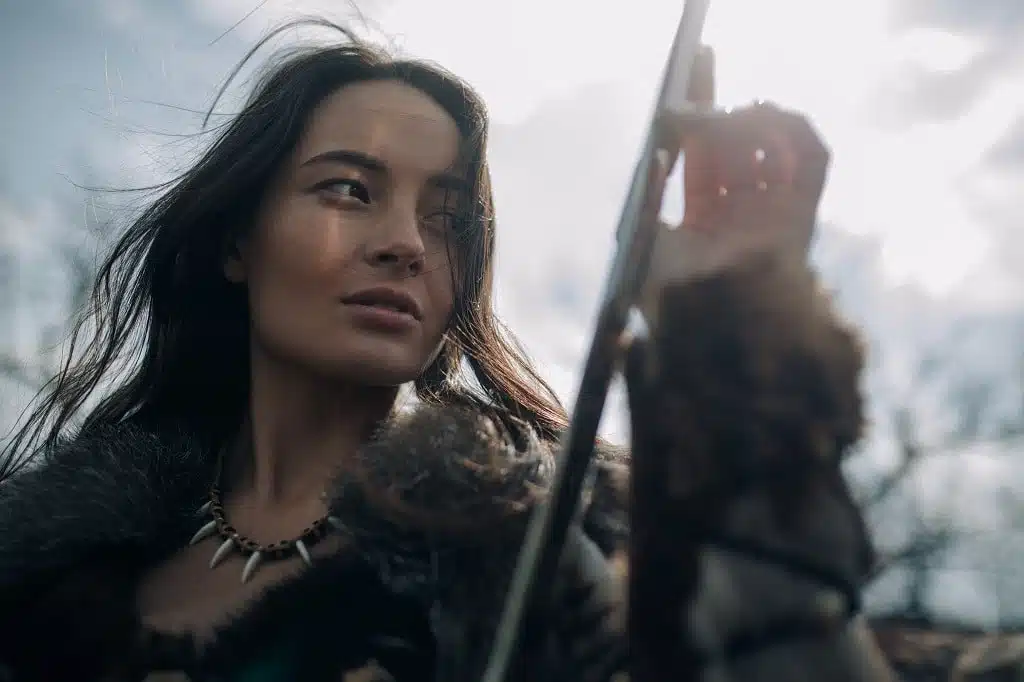
This protagonist versus antagonist method for dividing up the characters in a story is universal and has been around even longer than ancient epics like Gilgamesh.
It may be a result of our tribal mentality, but it’s effective for setting the stakes.
We don’t want our side to lose, after all.
It’s why we can get passionate about anything from sports and gaming to war and politics.
We want our side to win because they represent us and that makes them our ‘good guys.’
Of course, literature has the benefit that the bad guys don’t need to be complicated and nuanced.
They certainly can be, but they can also just be a genuine force of evil that only exists to destroy and wreak havoc.
How Does Dichotomy Drive Narrative?
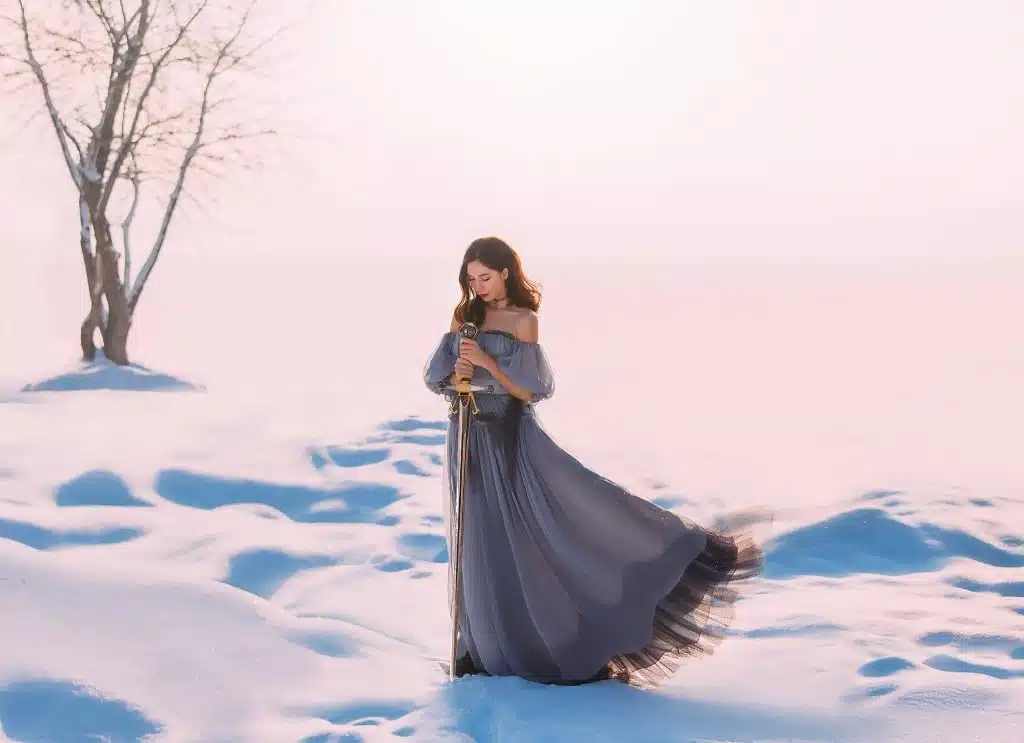
Dichotomies can also be used to create ultimatums within the text.
All-or-nothing solutions that the protagonist(s) must make difficult decisions about.
One lone little girl has antibodies that can protect the world from the zombie virus, but they can only be retrieved by sacrificing her.
Do you sacrifice one little girl, or do you fight the zombies without the vaccine?
In this example, the dichotomy is born of choices instead of two conflicting people.
You have to choose one and discard the other, which will naturally drive the plot.
If you sacrifice the little girl, then the story becomes about coping with necessary evils.
If your characters fight the zombies instead, then the story becomes about refusing to compromise on matters of morality.
And in both cases, there is a real sense of urgency.
There’s a “What if?” scenario that the reader can raise questions about and there are real consequences to both options.
A dichotomy can be used in this way to create suspense.
What Is Juxtaposition?
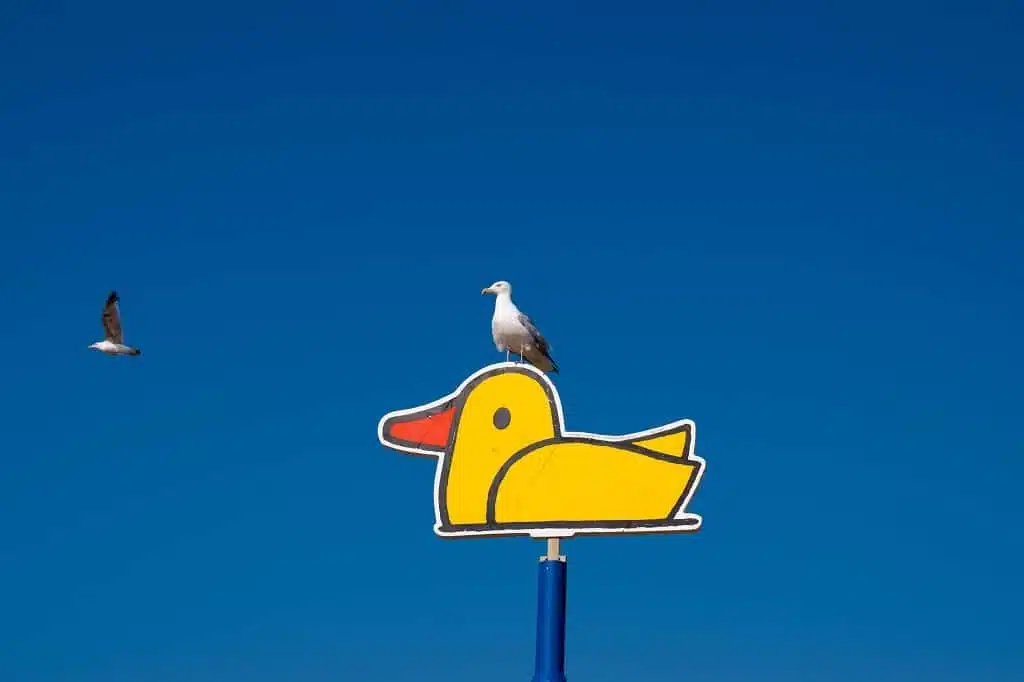
Juxtaposition, as its name implies, involves ‘positioning’ two contrasting forces together.
These can be characters, settings, events, etc.
But whereas dichotomy is an absolute divide, juxtaposition usually functions as a sort of set-dressing.
The two contrasting forces don’t necessarily ‘oppose’ each other, they just provide an engaging texture to the setting of the narrative.
One example might be an introvert in the same scene as an extrovert.
The two characters might get along fairly well and simply have different character traits that make them interesting in a scene together.
They may have plenty of things in common, but the social butterfly might occasionally ruffle the introvert’s feathers.
A dichotomy is a contrast of explicit exclusion.
Good, that does not contain evil.
The evil that cannot see eye to eye with good.
But if an apple sits next to an orange, they’re only being juxtaposed.
There’s no fierce division between them, other than superficial differences in taste and color.
Settings, similarly, might be juxtaposed.
The story might jump straight from a bleak haunted castle to a sunny pink room in daycare.
It’s not like these two settings contradict each other’s existence.
It’s just interesting to see them interact at all.
Why Is Juxtaposition Used?

Juxtaposition is used primarily for entertainment purposes, though it may occasionally be used to make a point.
Having two characters who are wildly different from each other interact is a good, cheap way to fill your scenes with drama and tension.
There might not actually be any stakes when the stylish Julia finds out that her new friend Jane has a terrible fashion sense, but it feels like there are stakes.
This is a good tool for creating ‘breaks’ in the action of your narrative.
If your party of adventurers splits up and they end up having wildly different experiences, then the jumps from group to group can be used for comedic effect.
This is why we laugh when one character says, “I hope he’s as miserable as I am,” only to reveal that the other character is on a roller coaster having the time of his life in a cutaway gag. Juxtaposition can be funny, charming, and above all, interesting.
Another good use of juxtaposition, though not as common, is to make a point.
Two characters might initially be presented as incompatible, as a dichotomy of sorts, only for them to realize over the course of a few seasons that they’re ‘not so different after all.’
Yes, it’s cheesy and a bit overdone, but writers do it because it works.
Cop dramas and movies about unlikely friends are a constant reminder that just because two people are different does not mean they need to be enemies.
If a dichotomy is a deep absolute divide, then a juxtaposition is a shallow ditch that can be easily crossed.
